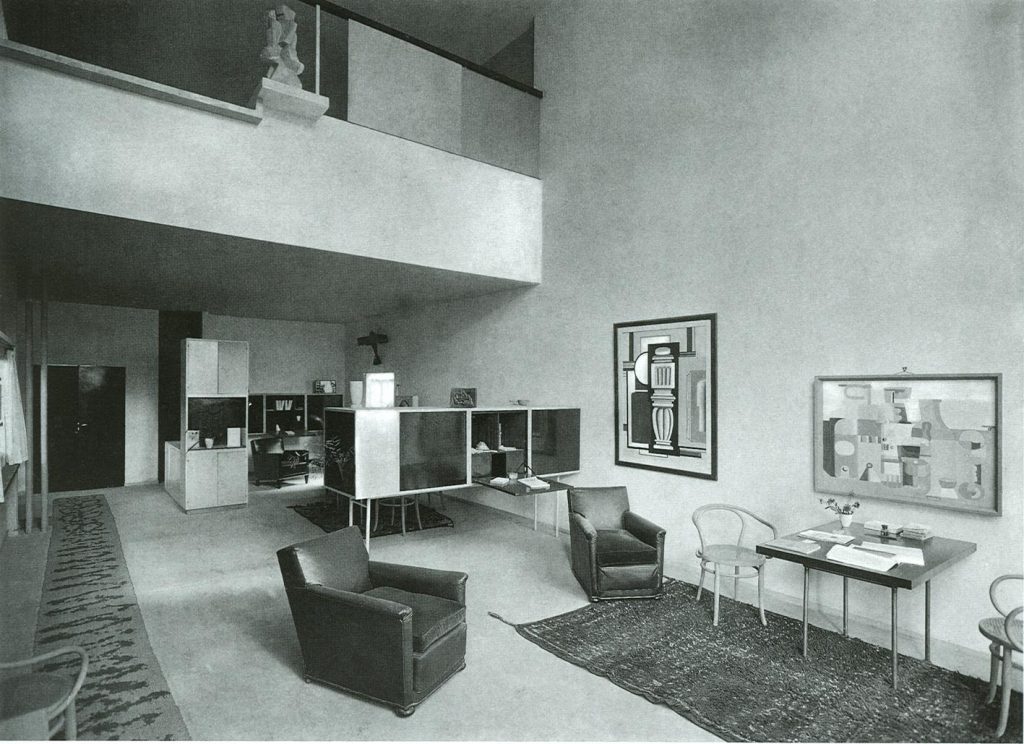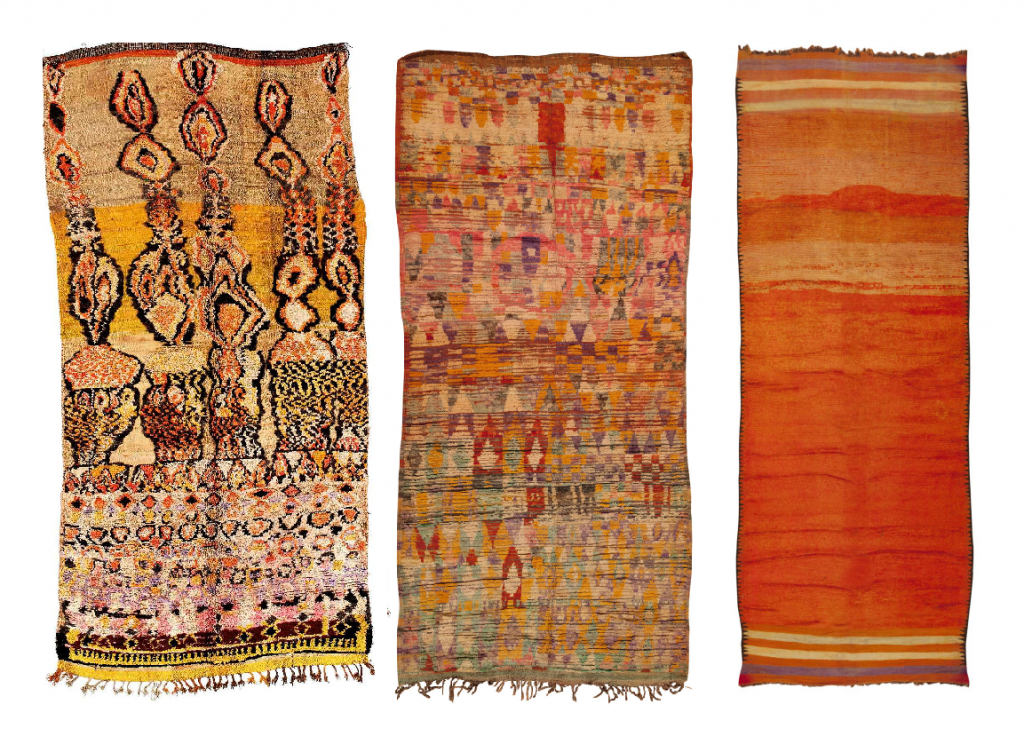
Far from the markets of the Middle East and Central Asia; in the world unknown to the merchants of silk and opulent Oriental carpets, thrives a world of textile culture of a different kind.
The various Berber tribes of the Moroccan Atlas have for millennia produced rugs of extraordinary aesthetic quality and spiritual depth.

Undisturbed by modernity, the Berbers create masterpieces in wool that show both sublime colour sensitivity and nearly ascetic restraint in their minimalistic patterns sketched against typically plain backgrounds.
Their indisputable artistry was already noticed in the late 19th century when, lured by the irresistible charm of Orientalism, many westerners travelled to north Africa. They were astounded by the richness of colour and the complexity of design: the fabric of Morocco.
It was however the Swiss-French architect and interior designer Charles-Édouard Jeanneret who introduced the Berber tribal rugs to the world.

Better known as Le Corbusier, Jeanneret incorporated these rugs into his ultra-modern designs where the warmth of the material and the whimsicality of the primitive patterns contrasted the austerity of his interiors.



The importance of his novel approach which broaches two seemingly irreconcilable aesthetics had an undeniable impact on the visual arts of the period. It is no coincidence that the works of the early 20th century western art appear so strongly to reflect ideas rooted in ancient cosmology of the African tribes.


to be continued …
Recommended readings:
Symbols in Moroccan Berber Rugs
